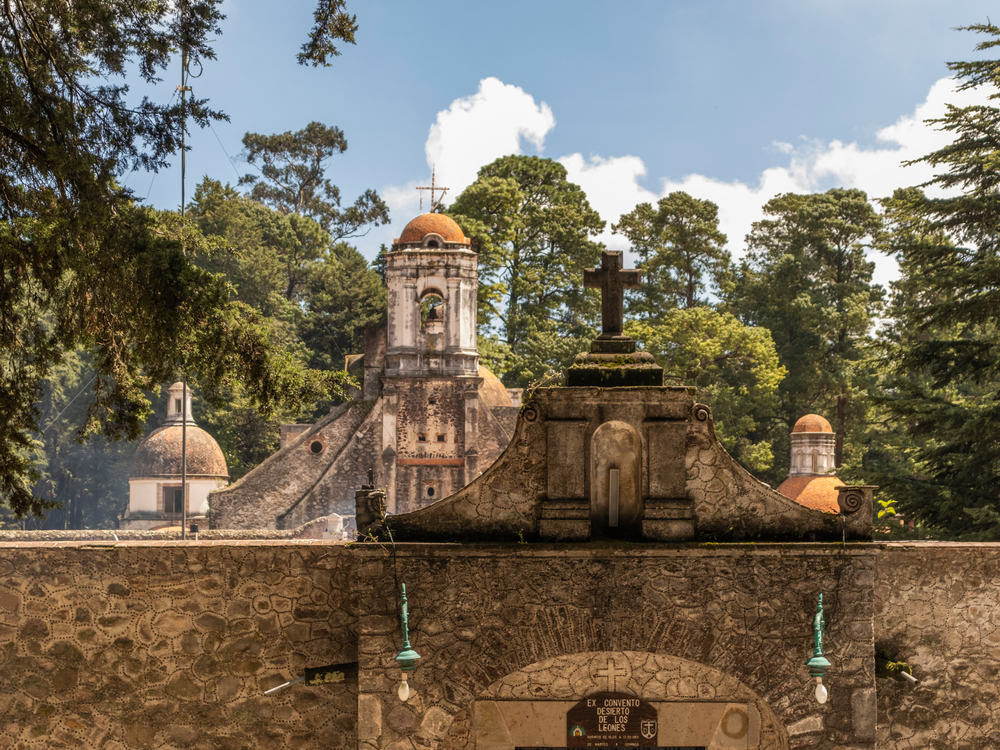Benito Juárez Overview
Benito Juárez National Park, known as Parque Nacional Benito Juárez in Spanish, is located in the state of Oaxaca, Mexico. It covers an area of approximately 10.18 square miles (26.37 square kilometers) and is situated in the Sierra Norte mountain range, northeast of the city of Oaxaca.
The park is known for its rugged terrain, with steep slopes and deep valleys that are part of the larger Sierra Madre de Oaxaca. One of the most notable features of the park is Cerro San Felipe, a prominent peak that rises to an elevation of over 10,433 feet (3,180 meters) and provides sweeping views of the surrounding forests and valleys.
The park’s landscapes are covered in dense cloud forests at higher elevations, while pine-oak woodlands dominate the lower regions. The vegetation includes a variety of tree species such as Mexican pine, oak, and sweetgum, along with a rich understory of ferns, orchids, and mosses that thrive in the humid mountain climate.
The park is home to a diverse array of wildlife, offering visitors the opportunity to encounter many species unique to the region. Mammals found within Benito Juárez National Park include white-tailed deer, pumas, and small mammals such as ringtails and gray foxes. The area is also a critical habitat for various bat species that play an important role in pollination.
Birdwatchers are particularly drawn to the park due to its rich avian diversity, which includes species such as the mountain trogon, red warbler, and the endemic dwarf jay. The park’s location in a transition zone between tropical and temperate ecosystems makes it a hotspot for bird migration, especially in certain seasons when species from North and South America pass through.
Visitors to Benito Juárez National Park can explore a range of outdoor activities that make the most of its mountainous landscapes and lush forests. Hiking is a popular way to experience the park, with several trails winding through the cloud forests and leading to scenic viewpoints such as the summit of Cerro San Felipe. Many of the trails offer opportunities for wildlife observation and photography, particularly in the early morning when birds and mammals are most active.
Mountain biking is another favored activity, with rugged trails that challenge riders with steep inclines and descents. Camping is permitted in designated areas, allowing visitors to immerse themselves in the natural beauty of the park. The park is also known for its proximity to indigenous Zapotec communities, where visitors can experience traditional culture, crafts, and cuisine while learning about the local conservation efforts undertaken by these communities.
Conservation efforts in Benito Juárez National Park focus on protecting its forests and wildlife from threats such as deforestation, illegal logging, and climate change. The park’s elevation and diverse microclimates make it vulnerable to shifts in temperature and rainfall patterns, which can impact its ecosystems.
However, there have been significant conservation successes, particularly in the form of community-led initiatives that emphasize sustainable tourism and reforestation projects. Local organizations and indigenous groups have worked together to maintain the park’s trails, promote environmental education, and develop eco-friendly tourism programs that benefit both the environment and the local economy. These efforts have helped preserve the park’s rich biodiversity while also providing economic opportunities for surrounding communities.
Park Map
Benito Juárez National Park Highlights
Share your clicks with us
Related National Parks More Mexico

Arrecife Alacranes National Park

Arrecife de Puerto Morelos National Park
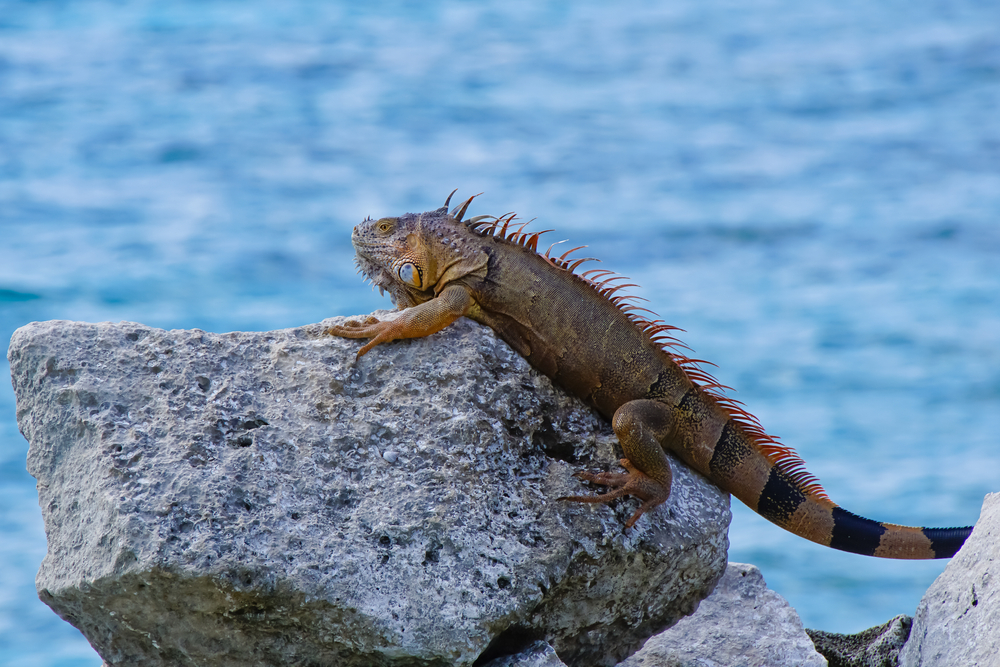
Arrecifes de Cozumel National Park

Arrecifes de Xcalak National Park

Bahía de Loreto National Park
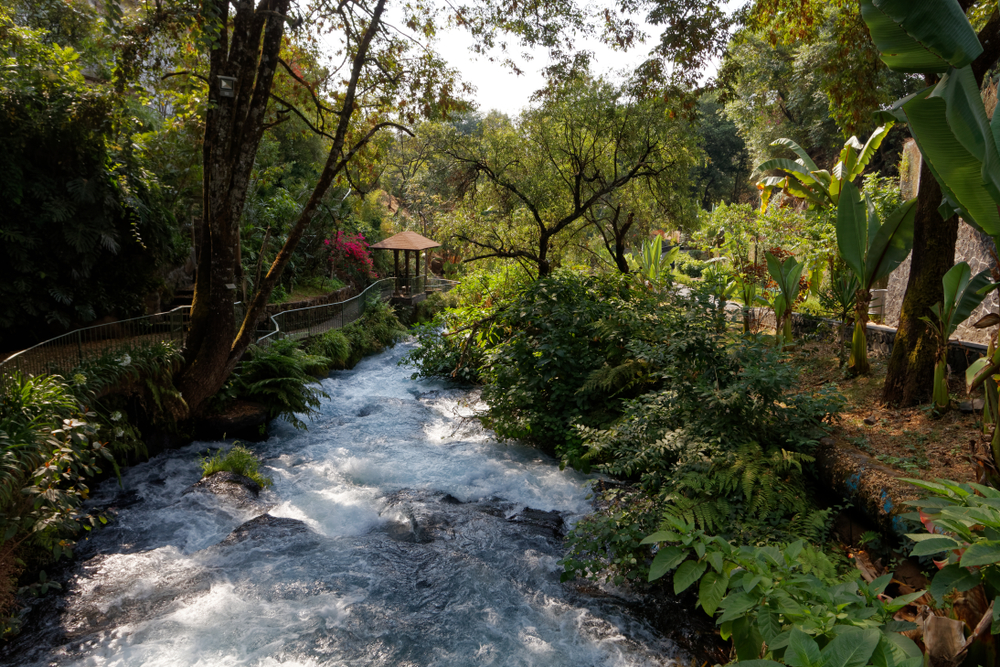
Barranca del Cupatitzio National Park
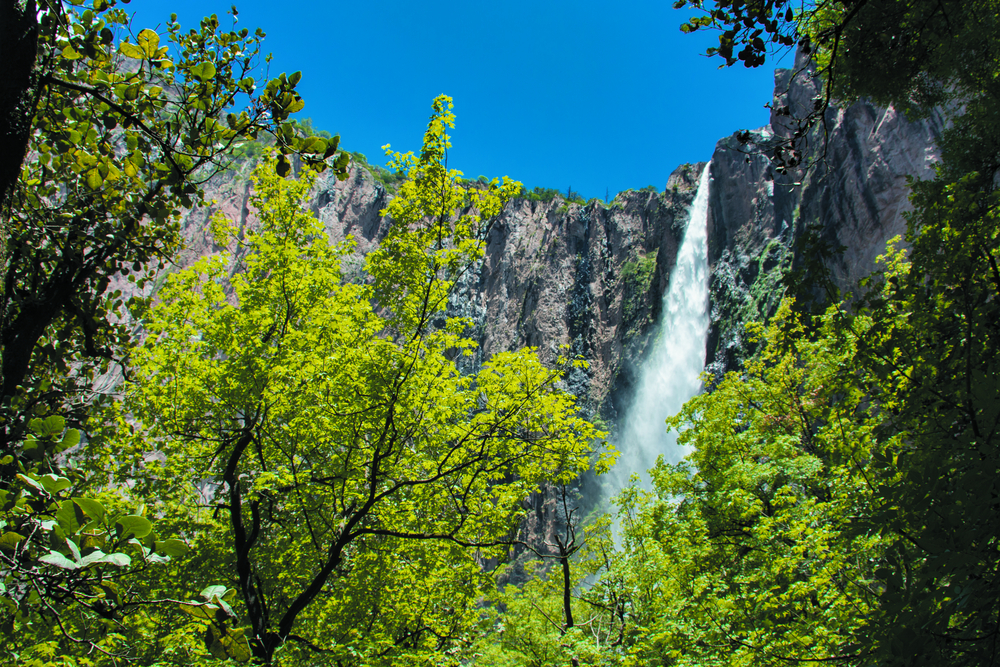
Basaseachic Falls National Park
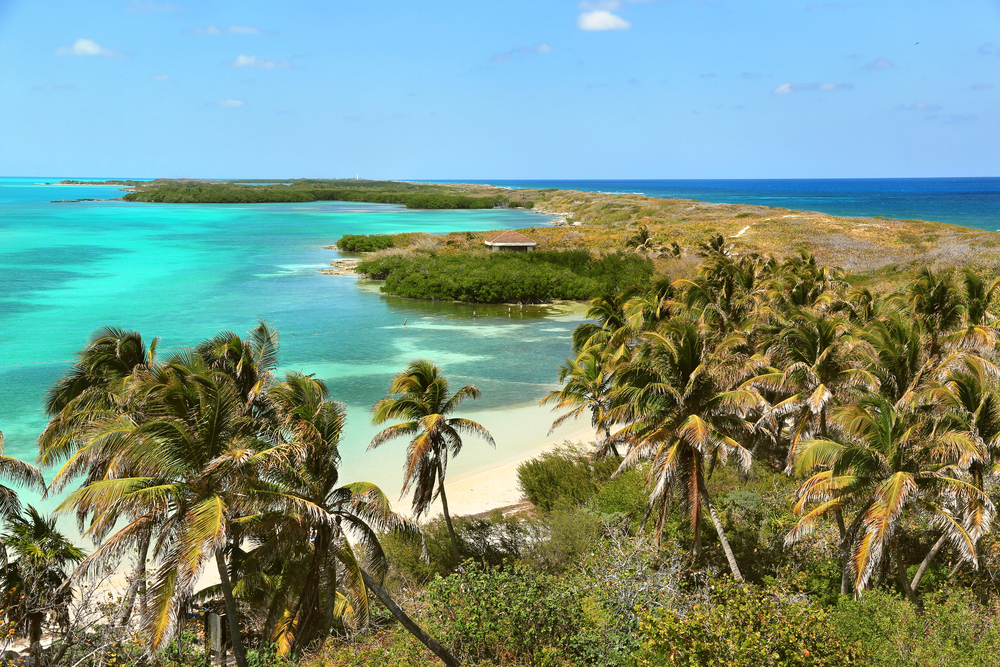
Isla Contoy National Park
